SUMMARY
This is AI generated summarization, which may have errors. For context, always refer to the full article.
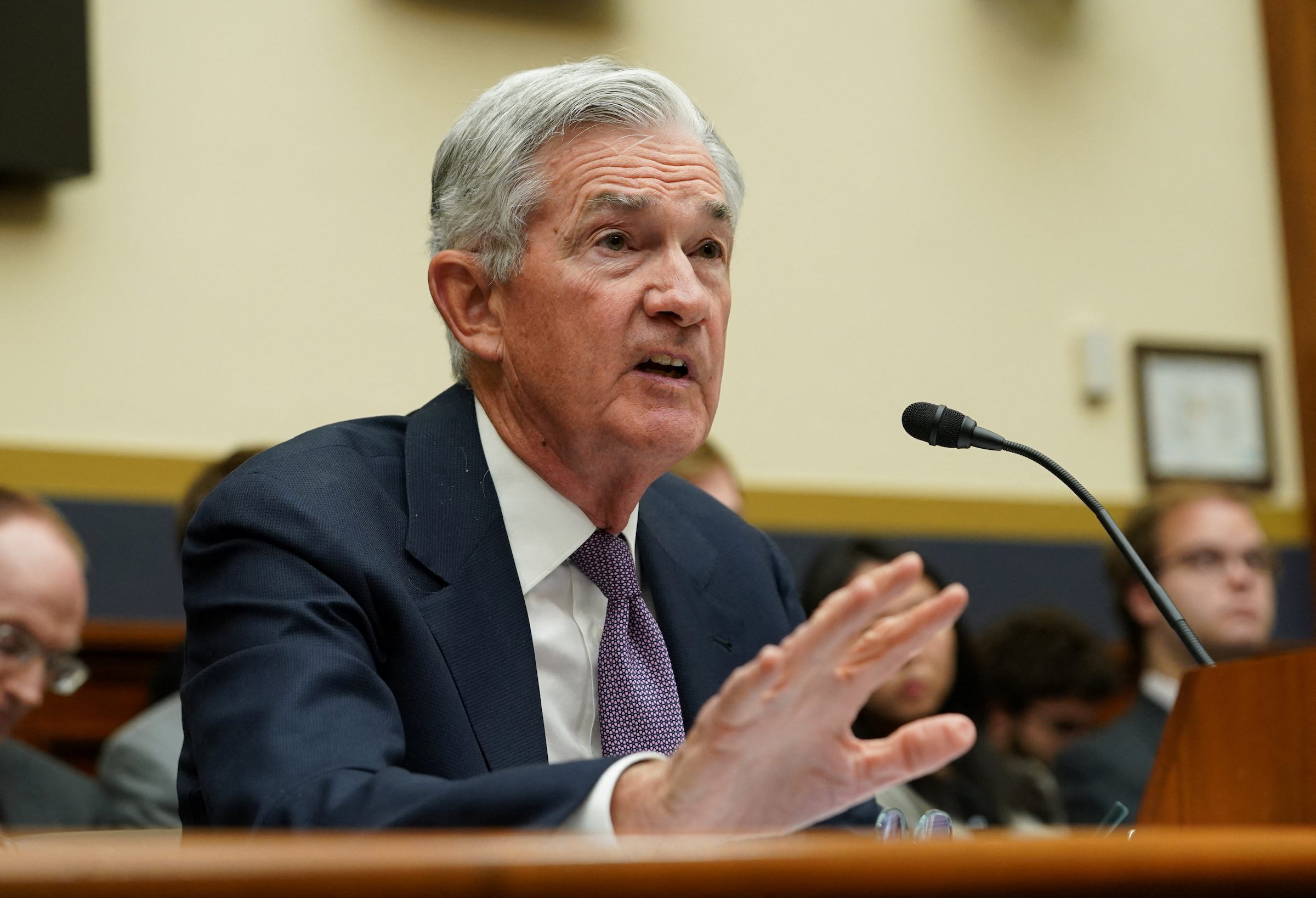
WASHINGTON, USA – Federal Reserve Chair Jerome Powell on Wednesday, March 8, reaffirmed his message of higher and potentially faster interest rate hikes, but emphasized that debate was still underway with a decision hinging on data to be issued before the US central bank’s policy meeting in two weeks.
“If – and I stress that no decision has been made on this – but if the totality of the data were to indicate that faster tightening is warranted, we would be prepared to increase the pace of rate hikes,” Powell told the US House of Representatives financial services committee in testimony that added a cautionary clause to the otherwise identical message he delivered to a Senate committee on Tuesday, March 7.
He emphasized the point again in response to a question explicitly about the expected outcome of the March 21-22 meeting from Representative Patrick McHenry, the Republican chair of the committee.
“We have not made any decision,” Powell said, but will be looking closely at upcoming jobs data on Friday, March 10, and inflation data next week in deciding whether rate hikes need to shift back into a higher gear.
As happened in the session on Tuesday, lawmakers pressed Powell about the impact Fed policy was having on the economy and whether officials were risking recession in the drive to temper price increases.
Powell acknowledged once again that the Fed was wrong in initially thinking inflation was only the result of “transitory” factors that would ease on their own, and said he was surprised as well in how the labor market has behaved through the recovery from the COVID-19 pandemic.
There have been “a bunch of firsts,” Powell said. “If we ever get this pitch again, we’ll know how to swing at it.”
Asked if he would pause interest rate hikes to avoid a recession, Powell responded: “I don’t do ‘yes or no’ on ‘will I pause interest rate hikes?’ That’s a serious question. I can’t tell you because I don’t know all the facts.”
The Fed’s intense battle against inflation over the past year has reshaped financial markets, made home mortgages and other credit more costly, and aimed to cool the economy overall.
As of the start of the year it seemed to be working, with Powell at a February 1 news conference saying a “disinflationary process” had taken hold.
Inflation data since then has been worse than expected, and revisions to prior months showed the Fed had made less progress than thought in returning inflation to its 2% target from current levels that are more than double that.
As Powell delivered his opening remarks, new job openings data showed little progress on one measure the Fed has focused on, with employers still holding 1.9 jobs open for each unemployed person, well above pre-pandemic norms.
Other aspects of the data, however, moved gradually in ways consistent with a softer job market. Overall openings dropped slightly, the rate at which workers were quitting continued a gradual decline, and the rate of layoffs increased.
In a separate release on Wednesday, the Fed’s “Beige Book” report of anecdotal information about the economy showed the mixed picture developing on the ground, as some businesses reported freely passing along higher prices to consumers while others said they were starting to slice into profits to keep prices competitive.
Diminished corporate profit margins are something Powell said in the hearings this week should help pull inflation down after they escalated during the era of pandemic shortages.
Blunt assessment
But even if inflation has moderated from its high point last summer, it is not falling fast enough for the Fed’s liking. The Fed chief’s semi-annual testimony to Congress this week has again reset expectations of where the Fed is heading, with his blunt assessment that “the ultimate level of interest rates is likely to be higher than previously anticipated” because inflation is not falling as fast as it seemed just a few weeks ago.
Rate futures markets now expect policymakers to approve a half-percentage-point rate hike at the upcoming meeting.
Officials will also update projections on how high rates will ultimately need to be increased in order to squelch inflation. In their last set of projections, in mid-December, the median estimate of the high point of the Fed’s benchmark overnight interest rate was between 5% and 5.25%, versus the current 4.50%-4.75% range.
Where that ends up remains to be seen, with Powell even offering some rationale for the benefits of slower rate hikes.
After a year of rapid rate increases, the economy may still be adjusting, Powell said, an argument for allowing more data to accumulate.
“We know that slowing down the pace of rate hikes this year is a way for us to see more of those effects,” Powell said. – Rappler.com
Add a comment
How does this make you feel?

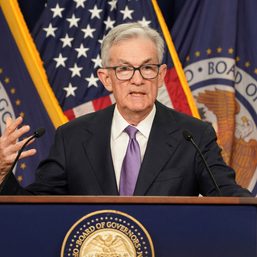
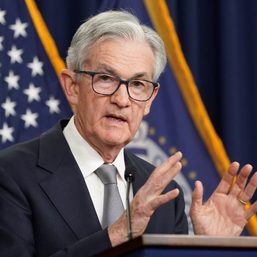
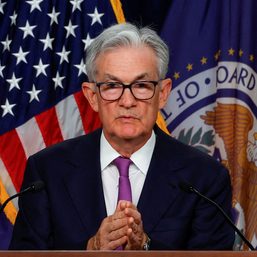
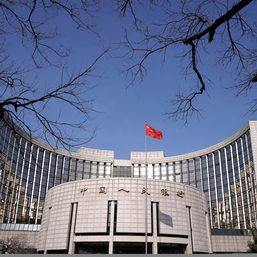

![[OPINION] A rebellion long overdue](https://www.rappler.com/tachyon/2024/06/mass-uprising-matrix-june-4-2024.jpg?resize=257%2C257&crop_strategy=attention)







There are no comments yet. Add your comment to start the conversation.